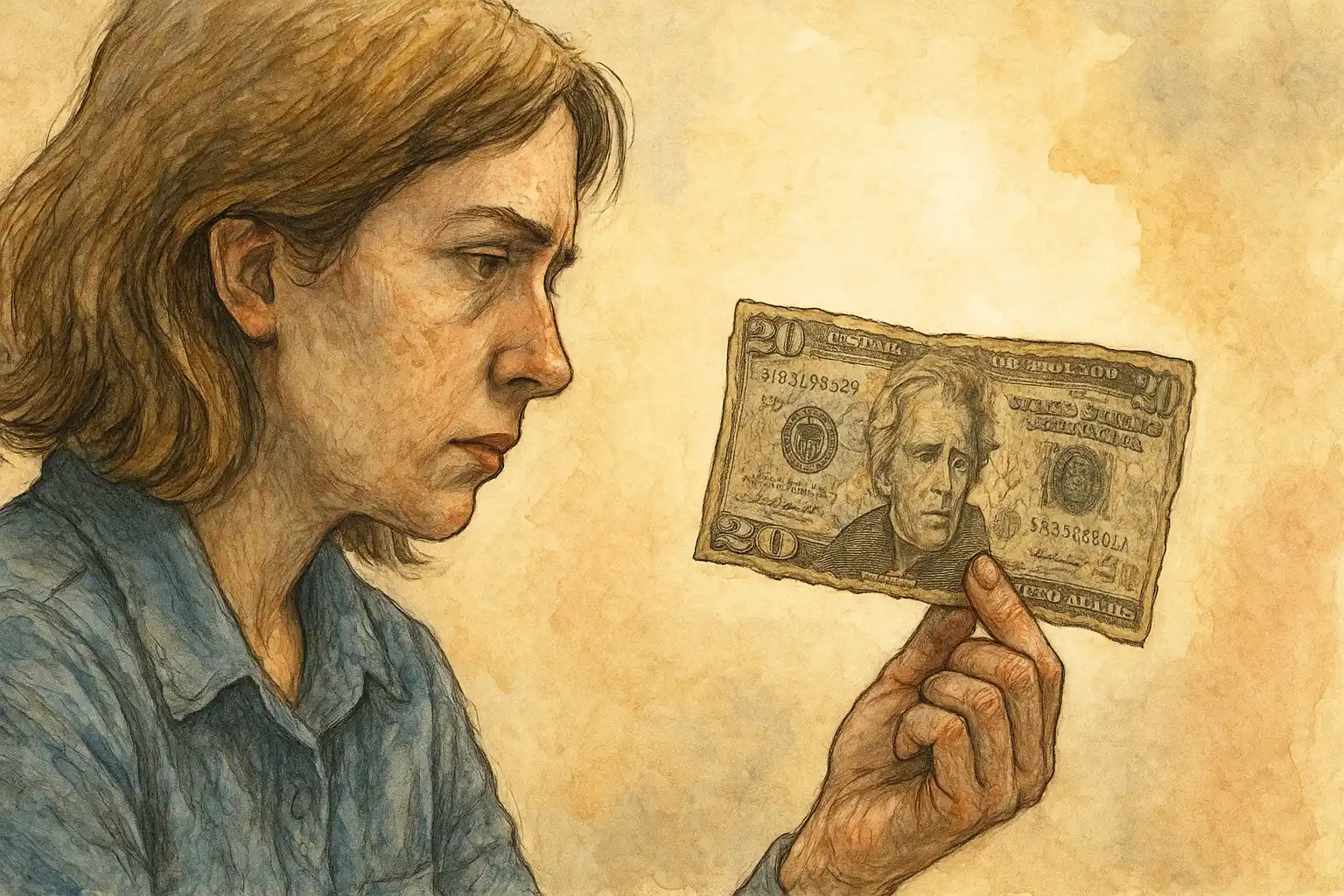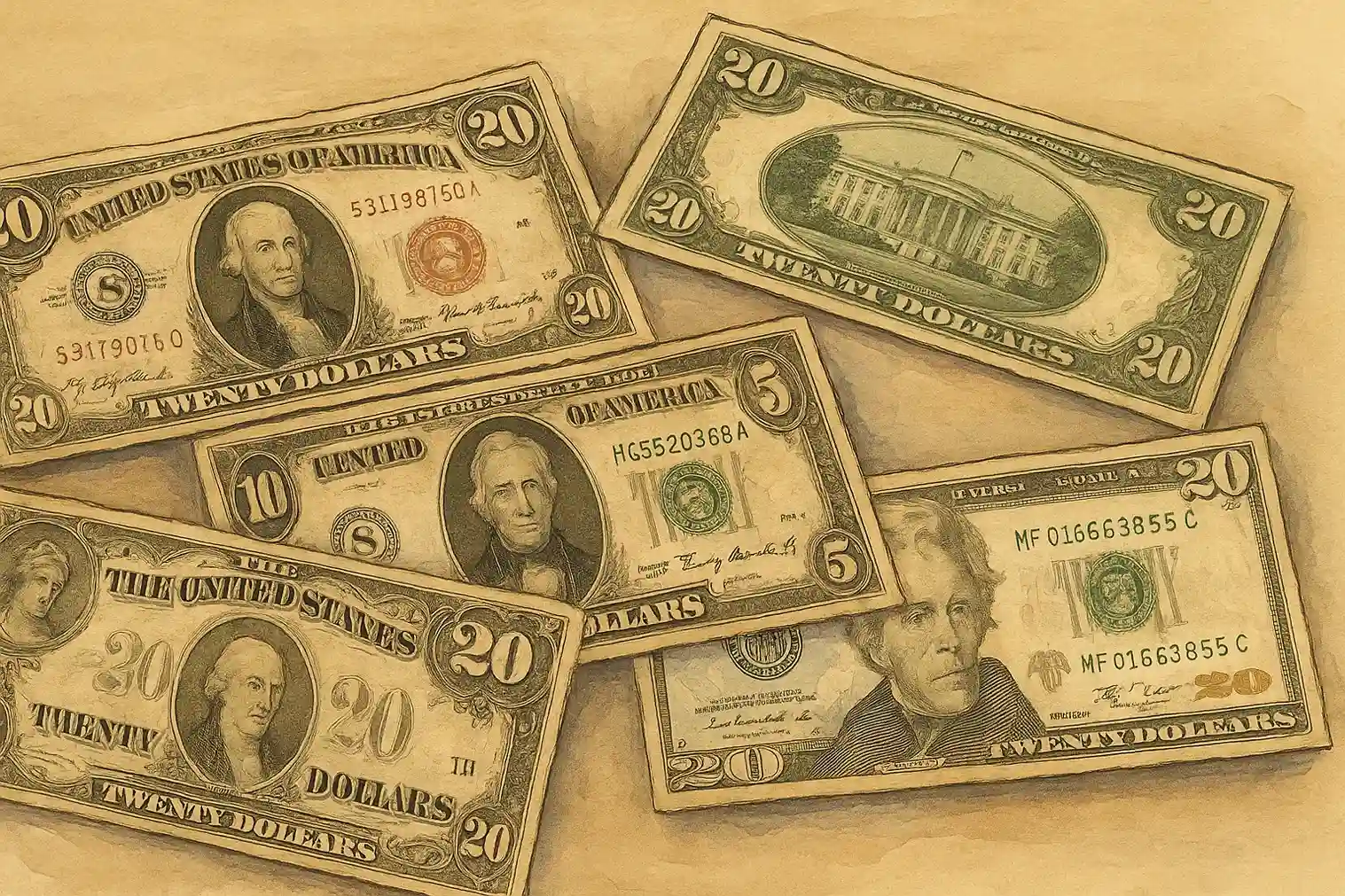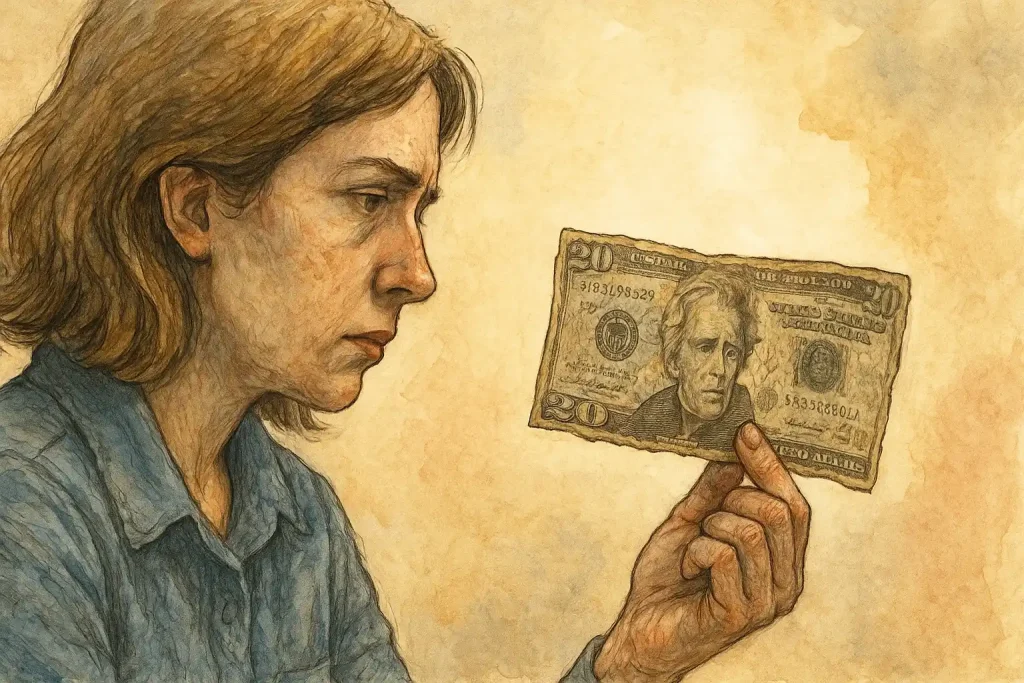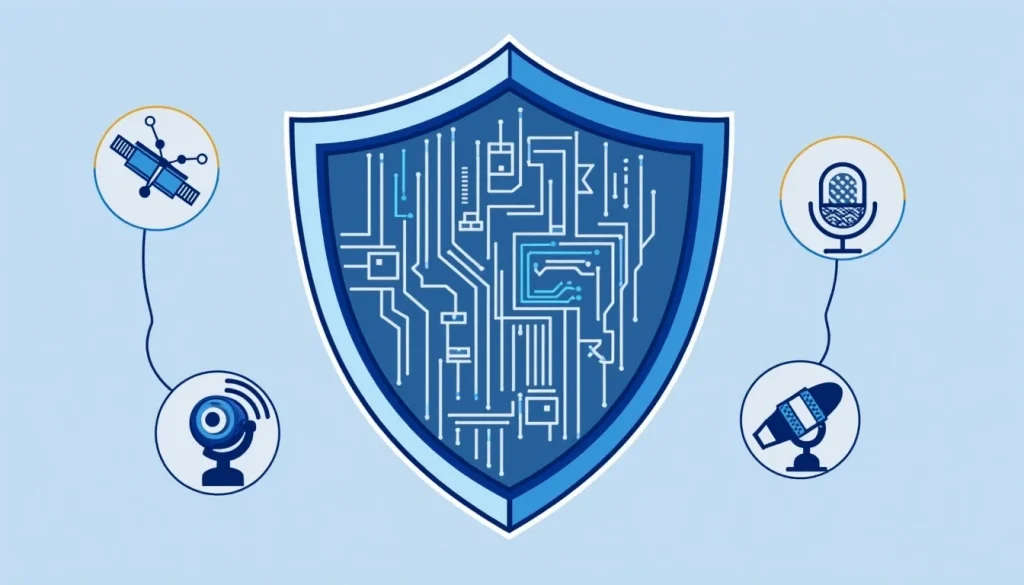Paper That Worth Gold: Why Collectors Appreciate $20 Bills
Most people glance at a $20 bill and see one thing: spending power. It’s the amount you pay for lunch, gas, or groceries. But to currency collectors, this familiar note holds far more value than its face suggests.
The allure of U.S. banknotes lies in their combination of historian issues like who is on the $20 dollar bill, rarity, and hidden anomalies—factors that can transform ordinary paper into a prize worth thousands. In the world of numismatics, few denominations spark such fascination as the $20 bill.

More Than Face Value: Why the $20 Bill Has Collectible Appeal
The U.S. $20 bill isn’t just the workhorse of ATMs and cash registers—it’s a portal into American history, printing quirks, and collector culture. Here’s why this denomination stands out:
1. Rarity and Error Prints
While millions of $20 bills pass through people’s hands daily, a tiny fraction bear mistakes that slip past the U.S. Bureau of Engraving and Printing. These are the golden tickets for collectors. A misaligned print, inverted seal, or color shift can make a bill extraordinarily valuable.
One of the most famous examples is the 2004 “Del Monte Note”, where a banana sticker was accidentally printed into the design. This quirky error turned a $20 note into a $396,000 auction piece. It’s a striking reminder that sometimes value hides in plain sight—if you know where to look.
2. Serial Number Curiosities
Collectors don’t just look at the ink—they scrutinize the digits. A serial number like 00000001 or a perfect ladder like 12345678 is rare, and that rarity boosts desirability. Serial number categories prized by collectors include:
- Low Numbers: 00000001–00000009
- Repeaters: 29292929
- Radars: 12344321
- Binary: Using only two digits (e.g., 01100110)
- Solid: All the same digit (e.g., 88888888)
These “fancy” numbers may not affect how the bill functions, but in the collector’s market, they dramatically affect price.
3. History, Age, and Condition
Condition is key in any form of collecting. A crisp, uncirculated bill with sharp edges and no folds—graded as “Gem Uncirculated”—will command a far higher price than a wrinkled one pulled from a drawer.
But the bill’s age and historical era are equally important. Notes printed before the creation of the Federal Reserve (1914) are particularly valuable, as are those tied to notable periods like the Civil War or the Great Depression.
Did You Know?
The earliest $20 bills date back to the 1860s, when they were issued as “Demand Notes” to fund the Civil War.
4. Design and Symbolism
Collectors appreciate aesthetics. The current $20 bill features a portrait of Andrew Jackson and a detailed engraving of the White House. Over the years, the design has evolved, incorporating new artistic elements and advanced security features. These shifts not only help prevent counterfeiting but also create unique design variations that mark different print runs and time periods—another layer of appeal for specialists.
Table: What Makes a $20 Bill Valuable?
| Feature | Explanation | Impact on Value |
| Rare Error Prints | Misalignments, overprints, or foreign objects (e.g., stickers) | Can increase value 1,000x or more |
| Unique Serial Numbers | Low, repeating, or patterned serials | Highly collectible and desirable |
| Historical Significance | Pre-Federal Reserve, star notes, transitional periods | Adds narrative and value |
| Bill Condition (Grade) | Graded “Gem Uncirculated” or “Crisp AU” condition | Critical for high resale value |
| Design Era | Different eras have distinct artwork and security features | Visual appeal and historical context |
Real-World Examples of High-Value $20 Bills
To fully appreciate why collectors prize certain $20 notes, it helps to look at specific cases. These bills were once ordinary currency, but today, they’re part of numismatic lore.
| Year | Type/Description | Sale Price | Why It’s Valuable |
| 1861 | Demand Note | $72,000 | First-ever $20 note issued by the U.S. government during Civil War |
| 1875 | Legal Tender Note | $4,600 | Only 67 known examples in circulation |
| 1928B | Star Note, Low Serial | $4,080–$21,600 | Combines rarity (star note) and desirable serial number |
| 2004 | “Del Monte” Error Note | $396,000 | Banana sticker embedded during printing – one-of-a-kind anomaly |
These examples prove that age is not the only factor. Even modern bills—like the 2004 Del Monte Note—can become high-value collectibles if they carry an unexpected twist.
Decoding Types of $20 Notes
If you’re starting your collection or evaluating your bills, understanding the major types of $20 notes can help you spot potential gems.

1. Demand Notes (1861)
- The original $20s, issued during wartime to fund the Union’s efforts.
- Recognizable by their green backs and black print.
- Scarce due to their age and limited surviving examples.
2. Legal Tender Notes (1862–1928)
- Also known as “United States Notes,” these often have red seals.
- Early issues are highly collectible, especially in uncirculated condition.
3. Gold Certificates (1865–1933)
- Backed by gold held by the U.S. Treasury.
- Illegal to own after 1933—now legal and highly desirable.
- Look for yellow seals and inscriptions like “Redeemable in Gold.”
4. Federal Reserve Notes (1914–Present)
- What we use today.
- Earlier issues with blue or brown seals are more collectible.
- Fancy serials, star notes, or errors in modern issues can command premium prices.
5. Star Notes
- Printed as replacements when errors are found in original runs.
- Marked with a star (*) in the serial number.
- Scarcer by nature, often highly valued by collectors.
What Makes a $20 Bill Rare?
Let’s break down the top three traits that increase a bill’s desirability and market value:
| Trait | Details |
| Low Printing Numbers | Short-run series or misprints, especially before the 1950s |
| High-Grade Condition | Crisp, uncirculated (CU) or gem-quality bills are much more valuable |
| Special Serial Numbers | Examples: 00000001, 88888888, 12344321, or binary numbers like 01010101 |
Even a relatively recent bill with one or more of these characteristics can be worth far more than $20. It’s this unpredictability that keeps collectors excited—and always looking.
The Cultural Power of the $20 Bill
Long before the buzz of collectible markets, the $20 bill was a symbol of American progress. Its widespread use makes it one of the most recognizable forms of currency in the world.
Andrew Jackson’s Enduring Portrait
Since 1928, the $20 bill has featured the 7th President of the United States, Andrew Jackson—a controversial figure known for his populist legacy. Though debated, his presence adds historical weight to every bill. Collectors often view different Jackson portrait styles across series as part of the design’s collectible appeal.
The White House on the Reverse
The bill’s back showcases the White House, grounding the note in national symbolism. Design changes—from fine line engraving to color enhancements—reflect shifting artistic and technological priorities throughout American monetary history.
Security Features as Design Evolution
Modern $20 bills include:
- Color-shifting ink (from copper to green)
- Embedded security thread (visible under UV light)
- Microprinting and watermarks
These aren’t just anti-counterfeiting tools—they’re markers of each generation of print, offering another layer of collectibility for specialists.
Spotlight Tool: Coin ID Scanner
Coin ID Scanner is a prime example of how digital tools are enhancing the collecting experience—especially for hybrid collectors who deal with coins, not just paper currency.
| Feature | Benefit for Collectors |
| Coin Identification by Photo | Snap a photo to instantly identify coins with full mint specs, country, and market price. |
| Digital Collection Management | Organize your finds in a structured database with sorting, tagging, and tracking tools. |
| AI Coin Helper | Recognizes rare or foreign coins and provides historical background in seconds. |
| Extensive Database | Access data on 187,000+ coins across decades and regions. |
While the app doesn’t yet support bill recognition, its structured approach and advanced AI show the direction the entire collector’s ecosystem is moving toward—smart, streamlined, and data-rich.
Why People Still Hunt for Paper Gold
Despite the rise of digital payments, physical money continues to inspire treasure hunters. Here’s why:
- Discovery is democratic: Anyone can stumble upon a rare $20 bill in daily circulation.
- Emotional connection: Old bills tell family stories, evoke eras, and mark milestones.
- Tangible value: Unlike NFTs or crypto, a physical note is tactile, gradeable, and visually rich.
- Investment potential: A rare $20 bill can appreciate faster than stocks or even gold.
Final Thoughts: Keep It or Spend It?
The next time a $20 bill lands in your hands, give it a second look. Check the serial number. Examine its seal and design. Could it be a misprint? A star note? A historical issue?
Whether you’re a casual collector or a serious numismatist, the world of $20 bills is full of unexpected stories and potential profits. And with the help of digital tools like Coin ID Scanner, you can navigate this world smarter than ever before.
In the end, what appears to be an ordinary piece of paper could be a golden ticket into America’s financial past—and your personal collecting future.




